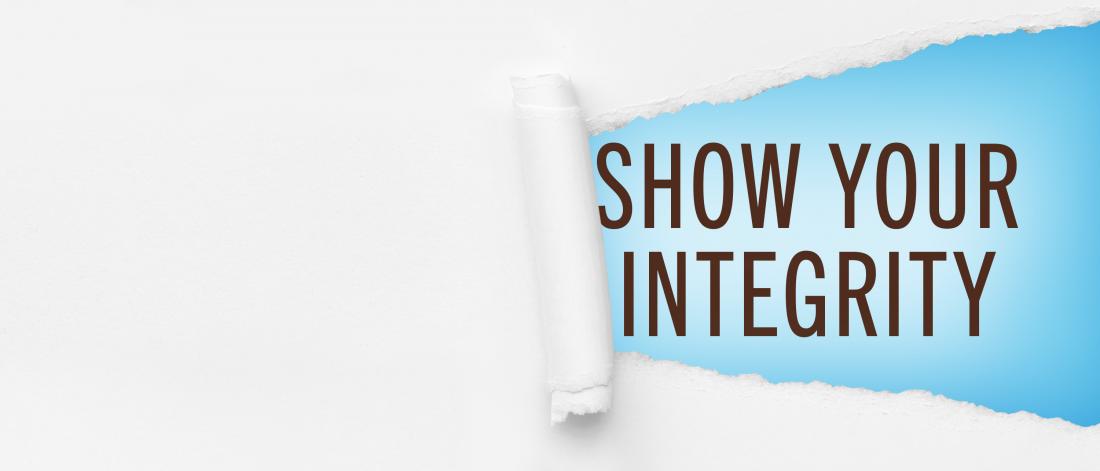In-person help
Your first line of defense should always be to ask your professor, instructor, or teaching assistant (TA) for assistance or clarification.
- Visit any library service desk in person to ask a question.
- Make an appointment with a writing tutor at the Academic Learning Centre
- Attend a graduate student workshop
- For help with copyright regulations, contact the copyright office
- For help with English language skills, contact the English Language Centre

